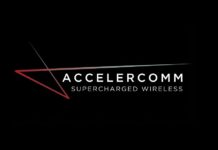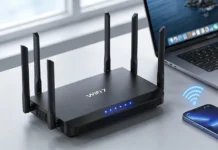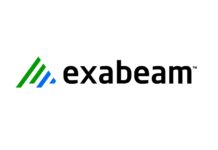The Wireless Broadband Alliance (WBA), the industry association focused on driving the next generation Wi-Fi experience, today announced the findings of its Next Generation Hotspot (NGH) business model report conducted with research firm Senza Fili.
Interest in this technology has been fueled by the world’s largest operators and vendors recently completing a number of advanced trials of NGH which led to the introduction of critical features such as seamless authentication; automatic network detection selection, adoption and secure access. This will ultimately give users easier access to a far greater number of public Wi-Fi access points around the world, without the need for usernames and passwords.
With an increasing number of sophisticated and data hungry mobile devices now available on the market, operators have been forced to address the capacity conundrum and Wi-Fi has proven to be the silver bullet. However, there is a need to move beyond legacy hotspot Wi-Fi and upgrade to NGH that today boasts secure authentication and automatic service discovery and selection, and will soon include online signup and policy support. However, what are the ROI benefits that operators can expect when they take the plunge and deploy this type of network?
The report examines the cost and revenue benefits that NGH will bring to fixed and mobile operators. Exploring the cost savings from NGH Wi-Fi adoption as a complement to 3G and 4G networks, it compares scenarios with varying percentages of traffic transported by NGH Wi-Fi, macro cells, small cells or legacy Wi-Fi. In the second half of the paper, a revenue model presents a forecast of global service revenues from NGH Wi-Fi, based on the traffic that it will transport within the mobile radio-access network.
Key findings include:
• A higher proportion of data traffic carried by NGH Wi-Fi leads to lower per-bit costs. Mobile operators can reduce their per-bit RAN costs by 18% when they carry 20% of their traffic through NGH Wi-Fi
• The combination of Wi-Fi and cellular small cells brings additional cost savings and higher profitability. The per-bit cost in a network with NGH Wi-Fi and 4G small cells may be 38% of those of a 3G macro network
• The ability of NGH Wi-Fi to drive more traffic than legacy Wi-Fi from the same infrastructure results in lower per-bit costs for NGH Wi-Fi over legacy Wi-Fi. If the traffic in a legacy network is 25% of that in an NGH Wi-Fi network, the overall per-bit costs will grow by 18%
• Based on the potential cost savings and operator commitments, it is forecasted that NGH Wi-Fi to account for 9% of global mobile traffic and reach $150 billion USD in operator revenue by 2018
“The technology behind NGH has been proven both in the lab and in the field. This report presents the critical piece of the puzzle for operators, demonstrating the strong business case for deploying the technology,” said Shrikant Shenwai, CEO, Wireless Broadband Alliance. “This new generation of Wi-Fi infrastructure will not only deliver a completely seamless and ubiquitous Wi-Fi experience to the end user, but will also become a key component of an operator’s RAN and network optimization strategy, particularly when integrating Wi-Fi with LTE and small cells. With the knowledge that NGH is not only cost effective but can also boost profits as well as significantly improve customer experience, we expect it to be increasingly integrated by carriers throughout 2013 and beyond.”
“Fixed and mobile operators need to evaluate the business benefits of deploying NGH Wi-Fi and assess how they best complement their fixed and cellular networks as they plan their Wi-Fi networks. Our analysis presents a new perspective on the financial implications of the coexistence of these technologies,” says Monica Paolini, Founder and President of Senza Fili. “The converging efforts of organizations such as the WBA, GSMA and Wi-Fi Alliance bring new functionality and improved performance to Wi-Fi, leading operators to treat it as one of their core RAN technologies, integrating it alongside existing 3G and 4G networks.”
The WBA also recently announced the launch of a live NGH Experience during its Wi-Fi Global Congress (WGC) in Beijing this November (18th-21st). It will partner with China Mobile as host operator and Cisco as the network infrastructure provider to execute the first ever live deployment of its kind at an international conference. A number of Passpoint-ready devices will be made available to demonstrate and provide a full ‘end-to-end, real-life’ NGH experience for end-users.



















